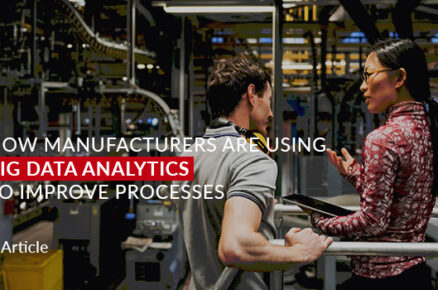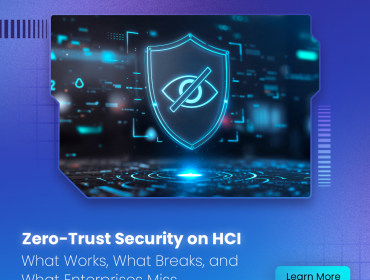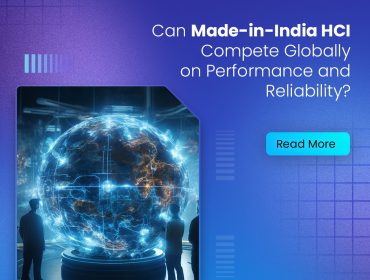HPC solutions have three main components:
- Computation
- Network Management
- Storage Space Management
To build a robust and high-performance computing architecture, compute servers are networked together into a close knit cluster. Software programs and algorithms are run simultaneously on the servers in that cluster. The clusters are then networked to the data storage devices to capture the output. Together, these components operate seamlessly to complete a diverse set of tasks in a fraction of time and with the greatest accuracy possible.
To operate at the maximum performance, each component must keep in pace with the others. For example, the storage component must be able to feed and ingest data to and from the compute servers as quickly as it is processed with high accuracy and no time lag. Likewise, the networking components must be able to support the high-speed transportation of data between compute servers and the data storage. If one component cannot keep up with the rest, the performance of the entire HPC infrastructure suffers badly leading to inefficiency.
Fuelling High-Performance Computing on Clouds with GPUs
Businesses are increasingly investing in HPC to manufacture higher quality products faster, optimize oil and gas exploration, improve patient outcomes, detect new fraud and breaches done by sophisticated technology, mitigate financial risks, and much more. HPC also helps governments respond faster to emergencies, to analyze terrorist threats better and accurately predict the weather – all vital for national security, public safety, and the environment. The economic and social value of HPC is immense.
HPC workloads are also getting larger and spikier with more interdisciplinary analyses, higher fidelity models, and larger data volumes. Hence, managing and deploying on-premises HPC is getting even harder and more expensive, especially as the line between HPC and analytics is blurring in every industry. Businesses are also challenged with rapid technology refresh cycles, limited in-house datacenter space, skills to cost-effectively operate an on-premises HPC environment customized to match performance, security and compliance requirements. So, businesses are increasingly considering cloud computing. Hence, HPC on the cloud is growing at over 4 times the growth rate of HPC.
As a major pioneer in cloud computing, Amazon Web Services (AWS) continues to innovate and overcome many past issues using public clouds for HPC. AWS is fuelling the rapid migration of HPC to the cloud with some key differentiators such as the NVIDIA GPU-enabled cloud instances for computing and remote visualization and a growing ecosystem of highly-skilled partners. NVIDIA, as the leader in accelerated computing for HPC and Artificial Intelligence/Deep Learning (AI/DL), continues to invest in building a large and strong ecosystem of software for highly parallel computing. A recent report shows that 70% of the most popular HPC applications, including 15 of the top 15 are accelerated by GPUs. These provide upwards of two orders of magnitude of speed up compared to CPUs.
This superb combination greatly accelerates large-scale HPC workflows from data ingestion to computing to visualization with flexibility, reliability, and security. It also helps foster unprecedented collaborative innovation between engineers and scientists, converts capital costs to usage-based operational costs and keeps pace with technology refresh cycles.
Deliver exceptional performance and manageability at a fraction of the cost of competing solutions with Tyrone High-Performance Computing solution. Visit:
http://tyronesystems.com/high_performance_computing.html
Source: https://cabotpartners.com/












